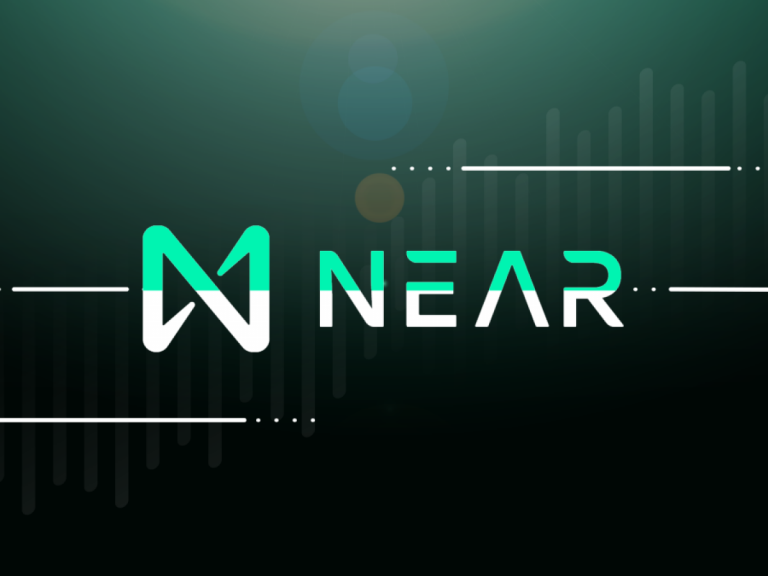
BitHive is indeed gearing up to launch an incentivized testnet focused on native Bitcoin staking, and it’s stirring some buzz in the crypto space. The platform aims to integrate Bitcoin’s security with NEAR Protocol’s scalability and AI-driven features, offering a fresh take on staking BTC without relying on third-party bridges or wrapped tokens. 10,000 NEAR tokens and points as rewards—that aligns with the incentivized testnet playbook. These programs often dangle native tokens (here, NEAR) and sometimes points (convertible to future rewards) to lure participants into stress-testing the network.
NEAR Protocol is a layer-1 blockchain designed to be fast, scalable, and developer-friendly, with a mission to make decentralized applications (dApps) accessible to everyone—not just crypto nerds. Launched in 2020 by founders Alex Skidanov and Illia Polosukhin (ex-Google and MemSQL talent), it’s built from the ground up to tackle the bottlenecks of older blockchains like Ethereum: high fees, slow transactions, and a steep learning curve.
BitHive’s testnet follows this trend, likely rewarding users who stake BTC or run nodes, similar to how Babylon’s 2024 testnet handed out NFT passes or how NEAR’s own Stake Wars reserved 1% of its genesis tokens for testers. The exact figure of 10,000 NEAR tokens hasn’t been explicitly confirmed in public drops from BitHive yet, but it’s plausible given the scale of such initiatives—projects typically allocate 0.5% to 2.5% of token supply for these campaigns, and 10,000 NEAR could be a slice of that pie
Register for Tekedia Mini-MBA edition 19 (Feb 9 – May 2, 2026): big discounts for early bird.
Tekedia AI in Business Masterclass opens registrations.
Join Tekedia Capital Syndicate and co-invest in great global startups.
Register for Tekedia AI Lab: From Technical Design to Deployment (next edition begins Jan 24 2026).
Participants will probably stake Signet BTC (testnet Bitcoin) via wallets like OKX or Keplr, interact with BitHive’s setup on NEAR, and earn NEAR tokens plus points for their trouble. It’s a chance to battle-test native BTC staking—where Bitcoin holders can directly join Proof-of-Stake systems—while scoring some loot.
At its heart, NEAR uses a sharding architecture called Nightshade, which splits the network into smaller chunks (shards) to process transactions in parallel. This means it can handle thousands of transactions per second (TPS)—think 100,000 TPS in theory, though real-world peaks are closer to 4,000 TPS—compared to Ethereum’s unsharded 15-30 TPS. Gas fees? Dirt cheap, often a fraction of a cent, thanks to this scalability. It’s Proof-of-Stake (PoS), so validators stake NEAR tokens to secure the network, earning rewards while keeping energy use low compared to Bitcoin’s Proof-of-Work.
What sets NEAR apart is its user experience focus. It’s got human-readable account names (like “alice.near”) instead of cryptic hex addresses, and developers can write smart contracts in Rust or AssemblyScript—languages more familiar than Solidity. Plus, NEAR’s “Rainbow Bridge” lets assets like ETH or ERC-20 tokens flow seamlessly between NEAR and Ethereum, boosting interoperability. The NEAR token itself powers the ecosystem: it’s used for fees, staking, and governance via the NEAR Collective, a community-driven effort.
By early 2025, NEAR’s humming with over 40 million accounts and 400,000 daily transactions, per stats from its explorer. Projects like Aurora (an Ethereum-compatible layer on NEAR) and integrations with BitHive’s Bitcoin staking testnet show it’s flexing beyond its roots. DeFi’s growing too—protocols like Ref Finance and Burrow have locked in hundreds of millions in TVL.
NEAR’s not perfect—sharding’s complex, and it’s still battling giants like Ethereum and Solana for mindshare. But its blend of speed, low costs, and usability makes it a contender, especially for devs and users tired of Web3’s clunkiness. It’s like a turbocharged highway for dApps, and BitHive’s testnet is just one car revving up on it. Want to drill into sharding or its AI play?


